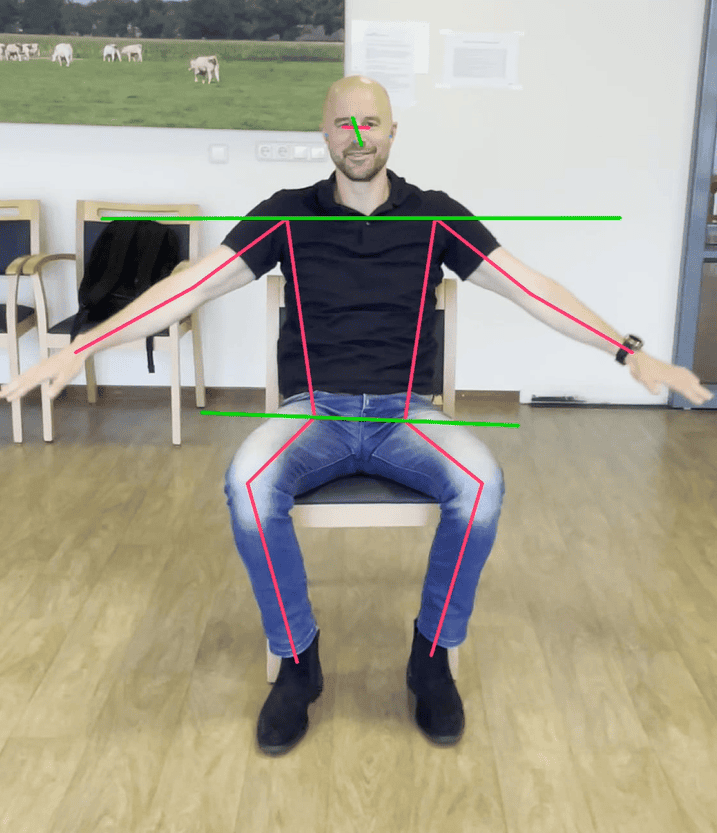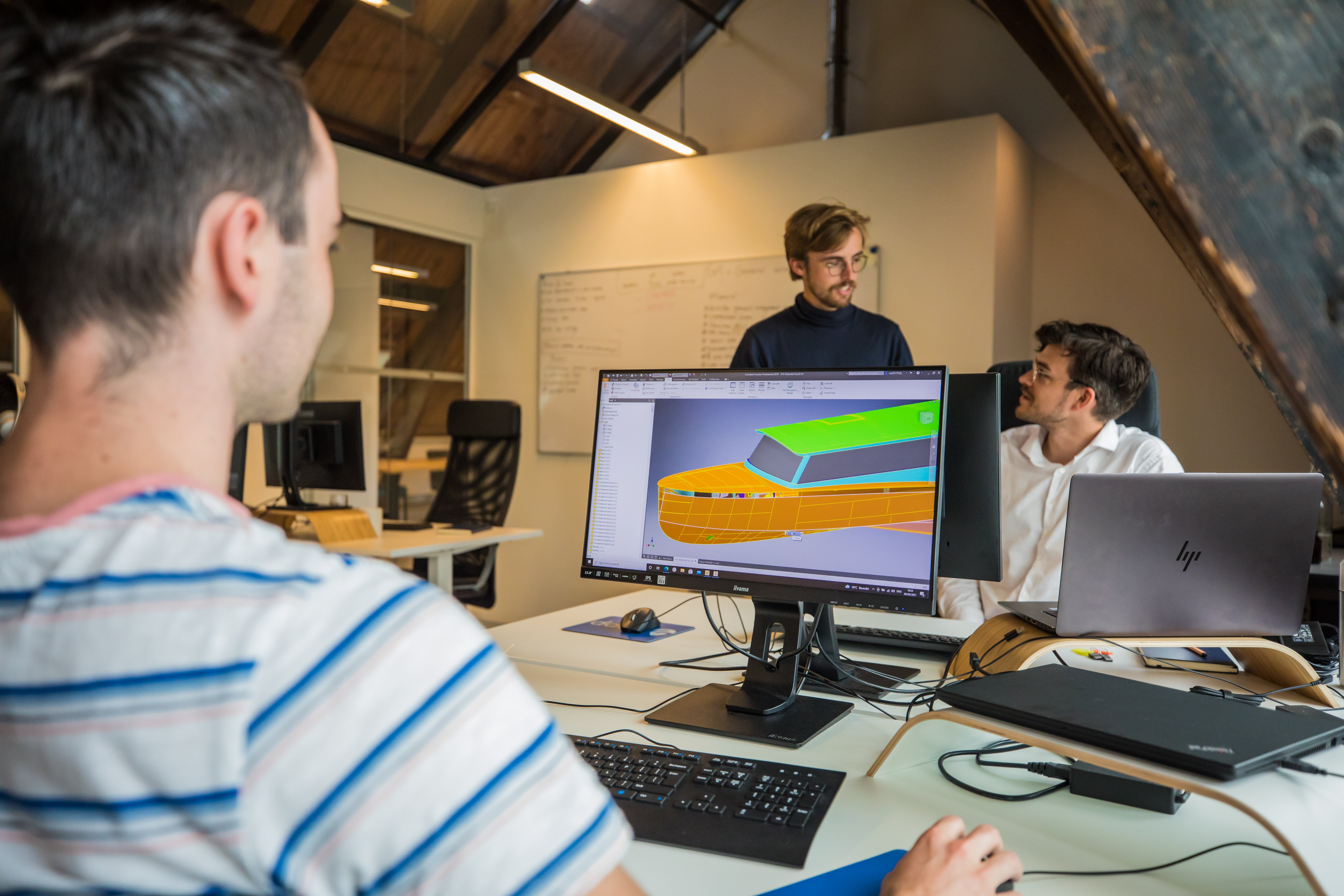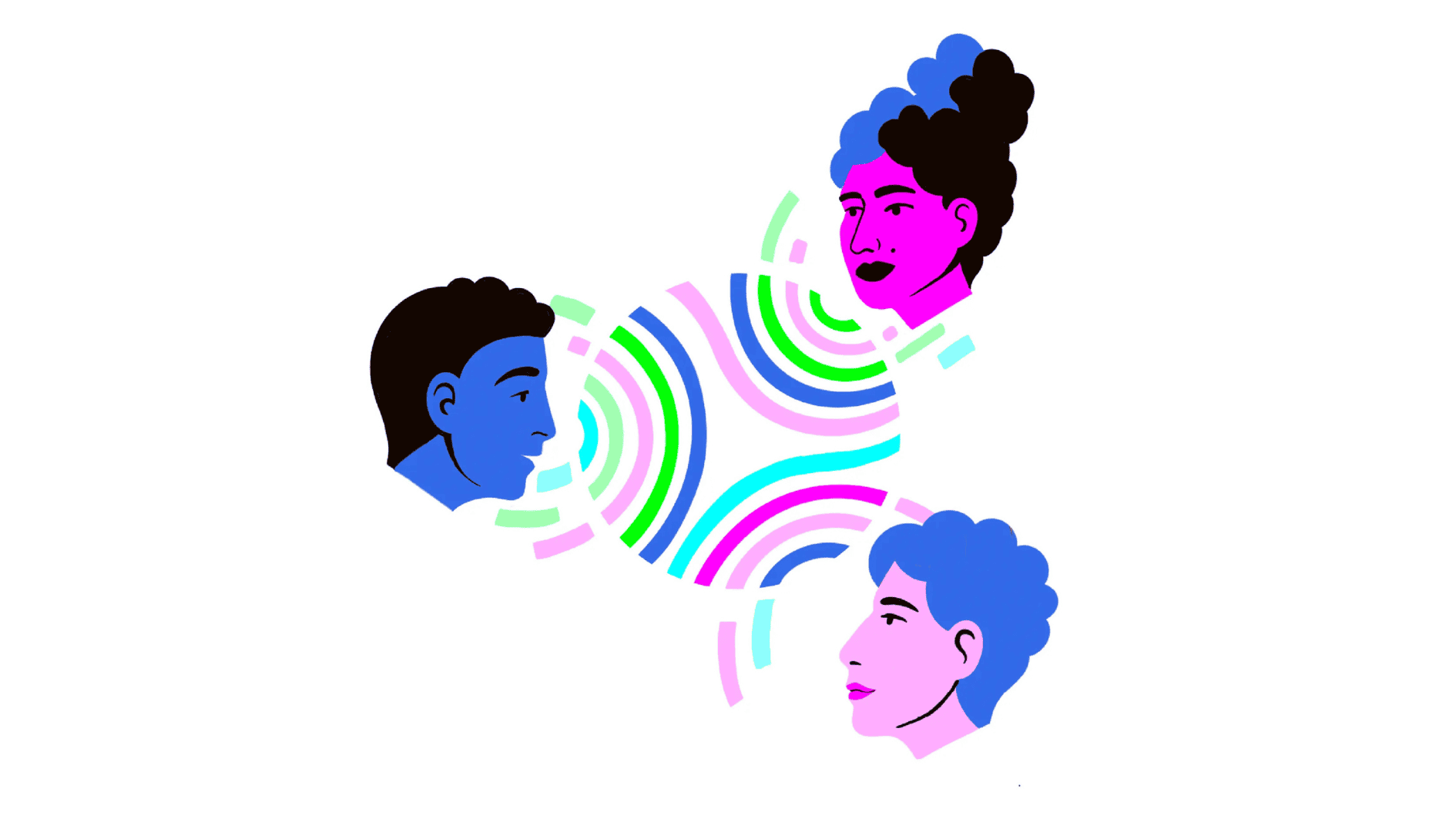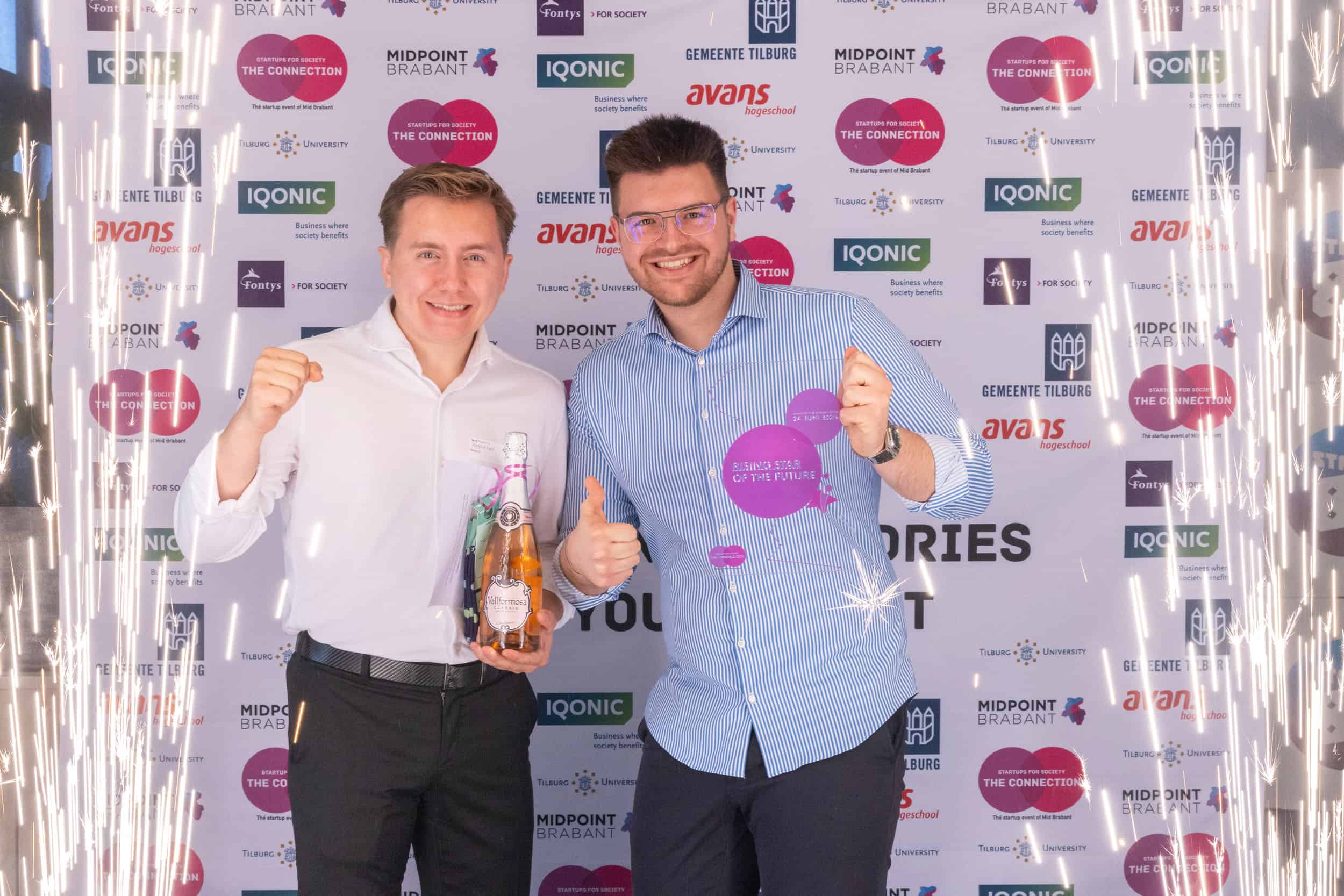
Fausto Panizzolo is a talented Italian researcher specialized in biomechanics and motion analysis. He traveled for years between Canada, Australia and the United States to envisage and achieve his dream of developing new technological solutions for people with mobility problems. A never-ending quest that led him to make a choice for a life swimming against the current. He returned to his Padua after seven years. A small town in the Veneto region where one of the oldest universities in the world is located. It was there that he founded the start-up Moveo Walks. His mission is to improve mobility, to develop a new generation of assistive devices that are comfortable, light and comfortable.
What was it like to live and work in Italy again?
A lot of people ask me this question and to be honest, I felt like I had never left. As if I had been living other lives in the time between. I’m glad I went back to my roots. But unfortunately setting up a start-up here was really difficult. I had absolutely no idea that it was so complex.
What were your main problems?
I have a scientific and technological background and I began with a clear idea based on my studies, confident in the results that we soon achieved. Unfortunately, Italy’s bureaucratic ecosystem did not support us. On the contrary, it cost us a lot of energy. Everything was exhausting. not only did we need financial help, but also personnel, an infrastructure and all kinds of services. Initially, we got funding from business angels and people who supported me personally. But it soon became obvious that this would not be enough to raise it to the next level. Then we started discussions with institutional investors. Over the years, we overcame tthat lack of resources with a lot of determination and commitment.
Was it worth it?
Yes, considering that our Exoband device can help a lot of people walk again. It is a portable exoskeleton that improves physical movement, specially designed for the elderly. But also for people suffering from mobility problems or illnesses such as multiple sclerosis, post-stroke rehabilitation, Parkinson’s or arterial stenosis.
I mix the scientific and the poetic side of my work, because in addition to technology, we should not forget basic human needs. The fact that we help people to walk and move has always fascinated me and I am proud of how we work in the midst of so many difficulties. In earnest and without compromise.
We have a tendency to stand still in Italy and not rely on taking risks, even when it comes to investment. But when I think I didn’t even have an office three years ago and that I worked in the city bars, all I can do is smile. Today there are six of us. Four in Italy, where we are engaged in research and development with several professors from the University of Padua. As well as two stationed in Boston, where the business side is coordinated by my partner Livio Valenti.
When was the idea for a soft exoskeleton first thought of?
After three years of research at the School of Engineering and Applied Sciences at Harvard, where I created a complex motorized exoskeleton, I wondered: why isn’t there a passive device? Strange but true, there was no such thing, except for a few scientific articles. So Exoband was born, out of an apparently very simple idea. A simplified exoskeleton without motors, sensors, batteries and all kinds of electronics. We worked on a mix of permeable and functional fabrics, which kept the costs down.
How does it work?
The belt is connected to the leg straps using passive devices that store energy in the first stage of the walking cycle and then returns it in the forward motion stage. This helps the person when he or she needs to move their leg for the following step. At first glance it may seem very simple, but the latest studies in biomechanics, route analysis and a thorough knowledge of muscle function are all behind it.
What will the next developments be over the coming years?
We want to add sensors for monitoring the quality and quantity of walking, which will feed this information into a portal that will enable doctors and physiotherapists to monitor a patient’s progress even from afar.
Cover photo: f.l.t.r..: Maria Luisa Maniero, Laura Di Liddo, Samuel Mazzolin and Fausto Panizzolo.









